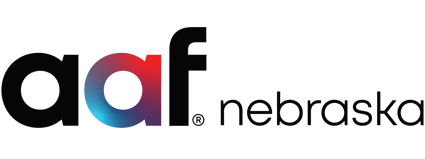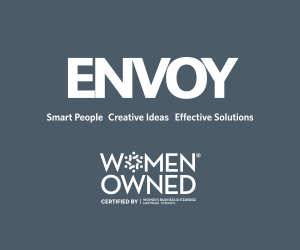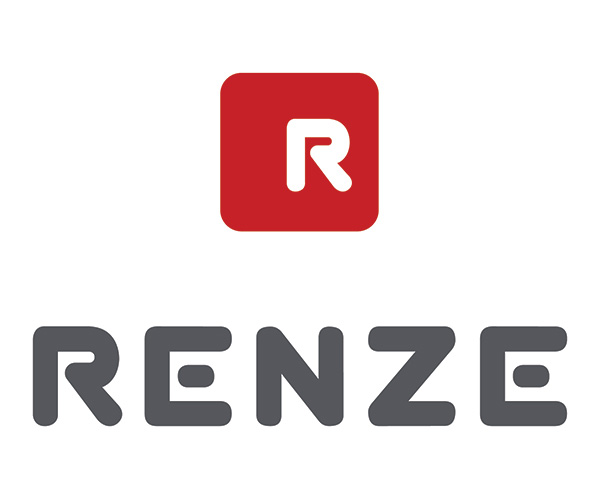 Contributed by Teonne Wright, AAF Omaha Board Member & Education Committee Co-chair
Contributed by Teonne Wright, AAF Omaha Board Member & Education Committee Co-chair
In case you missed it, Roxanne Hobbs, Founder of The Hobbs Consultancy posted a blog titled Diversity and Inclusion in Advertising: Moving From Talking to Doing.
Diversity seems to be a bit of a buzzword in the industry at the moment. There is a general sense that we must be able to do better and that diversity and inclusion are organizational imperatives that we should embrace. We look around us and see that the current make up of our agencies and our boards are not reflective of the make up of the London population around us. Recent panel debates at Adweek, Bloom and WACL have highlighted the need to change, along with some tactical successes of a few forward thinking individuals.
Yet what do we need to do to embrace long term, systematic change in this area? How do we move from talking to doing? Sometimes when I attend these excellent panel debates, I wonder if we are preaching to the choir — as to attend such an event implies that you have some understanding of why this change is so important to our industry. It’s the people that don’t attend that we need to convince. Organizational change cannot be effected by a few enlightened individuals at each agency. It requires the majority of the agency population to lean in, to be convinced of the benefits of that change and to seize their responsibility in making that change happen.
My perspective is that the conversation needs to shift. We currently believe that diversity is a ‘nice to have’ and will probably have a net cost. We think we are going to have to invest in expensive training, policies and compliance programmes. In short, we think we should get involved, but there are always more pressing concerns on the ‘to do’ list and for the budget.
And then, at other times, the debate becomes centred on the group that stands to directly benefit. The business case might be articulated through the advantages that group might bring to the table — especially true in the case for women. ‘Women seem to be better at dealing with people and are more empathic’, we muse and that becomes the business case for having more female, senior leaders. Unfortunately this approach is the very antithesis of inclusivity. It creates a further stereotype for which women need to conform so as to be successful (excluding those that aren’t naturally like this), it focuses on one angle of the diversity debate (excluding ethnicity, geographic and educational background, LGBTQ etc) and, frankly, is only ever going to get the empathic females aligned behind it.
My call is that we change the conversation and put diversity and inclusivity at the heart of business strategy. We need to focus on creating the holistic business case and aligning whole organizations behind that, not just a D&I consultant. All employees, believing in the business case, could take a role in championing inclusivity.
So what might be the true business case for Diversity and Inclusivity in today’s advertising industry? I personally believe this is a conversation every agency in town needs to be having in its boardrooms. To use a coaching analogy, teams will have more of a stake in its progress if they design its benefits themselves and together. But here are a few starters for ten.
1. We will understand our client’s audiences better
Probably the most obvious and yet also the most powerful. Consumer insight is critical to our industry’s success and whilst we can use tools, surveys and research there is a nuance of consumer insight that can be best gained through multiple experiences in the room.
2. We will attract and retain the best talent
Our employees are also our customers. To attract and retain the best possible talent, we need to ensure that we are perceived as a diverse and inclusive company. I’m reminded about how Antonio Simoes of HSBC talks regularly about gay issues in public and at in house events and says, ‘It’s amazing the number of people who email me from HSBC around the world to say, “I thought your speech was really motivational and I feel really excited about working for a bank that truly values diversity and meritocracy”‘ (as told in The Glass Closet, by John Browne).
3. To increase productivity
Unconscious bias, implicit associations and homophobic / sexist attitudes are all deeply inefficient. Quite simply, we will increase our productivity if we seek to reduce our own (natural) bias.
4. For attracting new clients
I’ve seen a number of RFP’s in recent times asking what an agency is doing in the area of Diversity and Inclusivity. Having a clear point of view and strategy will increasingly be a part of pitch submissions and will help you to win business, much like the sustainability case has done in recent years.
There are many more. Believing in the business case perhaps requires a shift from short to medium term thinking. It requires our agencies to reflect the society we are serving. Inertia is not enough — we need our leaders to clearly articulate the business case and align everyone in their agencies behind this change.
View the original blog here.



